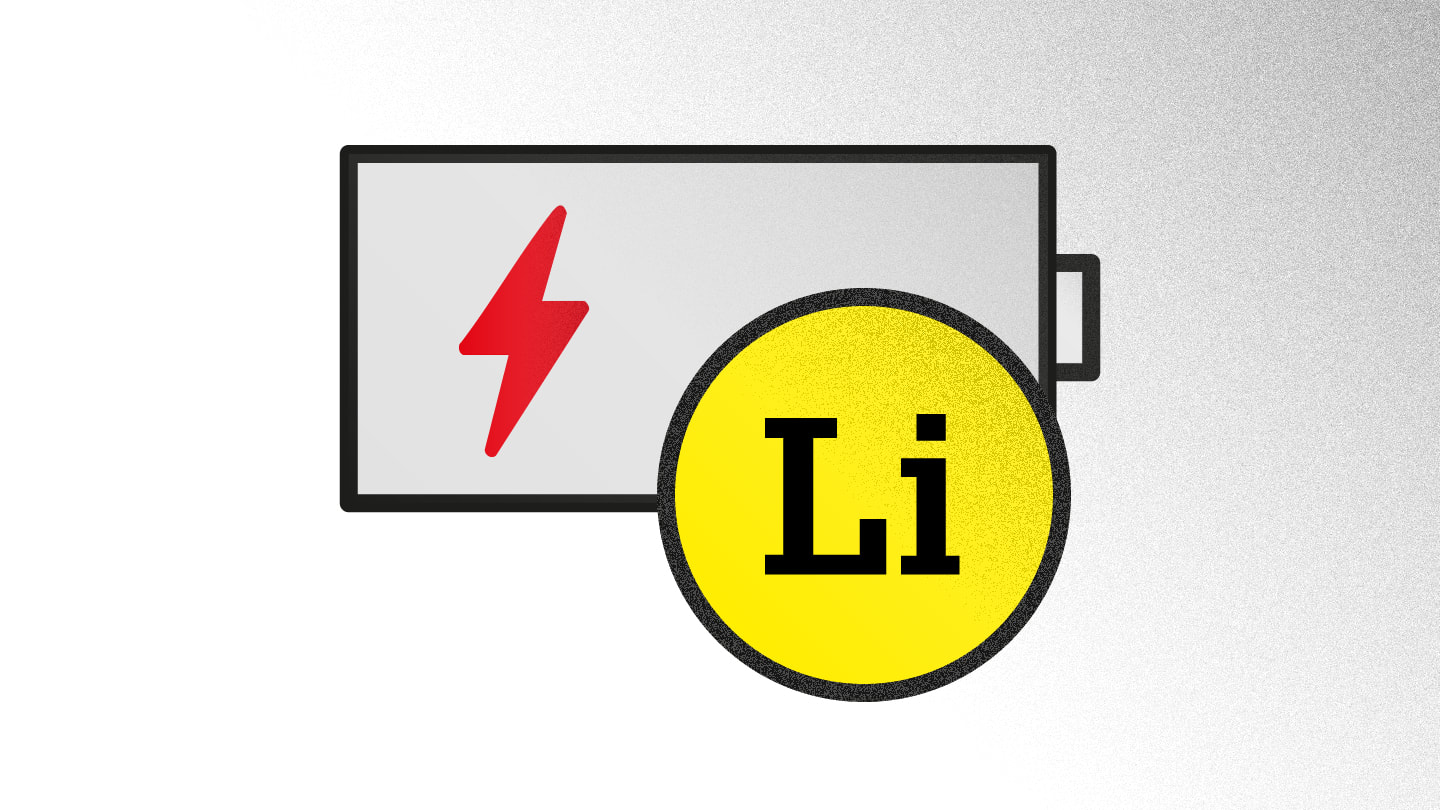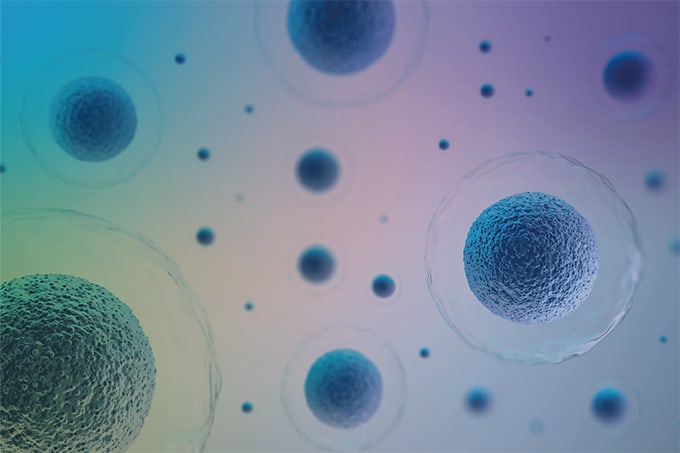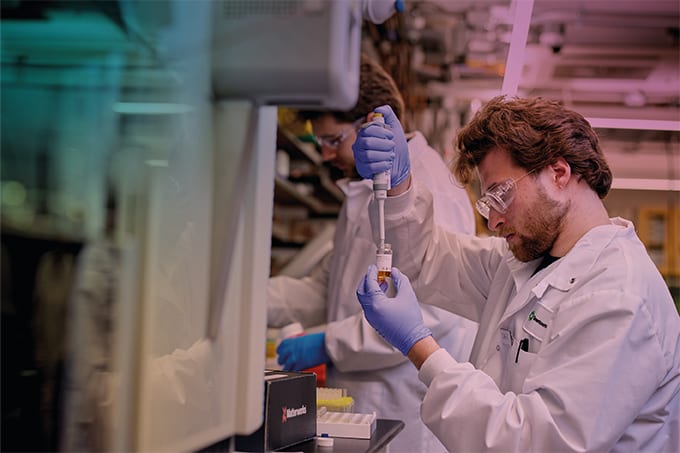Uneven lithium deposition is a major challenge for lithium metal batteries, driving dendrite formation, capacity loss, and early short circuits. Yet most studies have assessed morphology qualitatively, without a consistent metric for “uniformity.”

In a study published in PNAS Nexus, researchers at the University of California San Diego present a quantitative imaging framework that transforms scanning electron microscopy (SEM) data into an index of dispersion (ID). Validated against thousands of synthetic images with known particle distributions, the method reliably captures plating uniformity and, when applied to experimental electrodes, linked ID values to coulombic efficiency and potential behavior. Crucially, it also revealed structural collapse preceding short-circuit failure.
To learn more about the method’s development and broader applications, we spoke with Jenny Nicolas, the study’s first author.
Could you describe, in a nutshell, how your image-analysis method works?
We created a simple algorithm to measure how evenly – or unevenly – lithium is spread out in an image, using a metric called the index of dispersion (ID). Scanning electron microscopy (SEM) is used to image electrodes, with the 3D topological contrast of a sample encoded in a final 2D grayscale image. We then convert these images into black and white through a process called thresholding – where white pixels represent the edges between plated lithium particles, and black are representative of the substrate or dead lithium. We break the image into a certain number of regions and count the number of white pixels in each image, before plugging this data into our equation to calculate the ID.
To account for the levels of varying contrast between SEM images, we repeated this process with a range of threshold values, calculated the ID for each version, and used the highest ID value as the final result for that image. This made sure our measurement wasn’t thrown off by contrast differences in the raw images. Finally, we were able to use this approach to examine cell lifetime and lithium morphology/uniformity.
What prompted your team to focus on developing a quantitative framework for assessing lithium morphology?
We wanted to develop a quantitative framework for two main reasons:
In the battery field, aside from image analysis, we noticed a lack of simple methods/techniques to study lithium uniformity. Historically, analyzing lithium uniformity has been a qualitative approach, and what one group considers “uniform” electrodeposition of lithium may differ to another group. By creating this index of dispersion framework to study uniformity, we have created a common language for uniformity.
We were interested in studying cell short-circuiting, which is a point failure event. Typical electrochemical techniques can measure the ensemble behavior of a cell, but aren’t particularly effective for studying a point failure event like shorting. We thought this approach would allow us to learn more about point failures as they relate to uniformity.
Was there a key breakthrough or “eureka” moment during development?
One of the key breakthrough moments came as we validated the method with a set of 2,048 synthetic SEM images with known particle size distributions. This served as a good proof-of-concept, because the ID values matched with the different ground truth particle size distributions. As soon as we observed agreements between the ID and the PSD parameters, we knew we were onto something.
What were the biggest challenges in designing this algorithm – and how did you overcome them?
One of the biggest challenges came in determining how to account for differences in contrast between SEM images, avoiding manual bias and ensuring standardized processing regardless of brightness or contrast differences. To account for varying contrast levels between SEM images, we use a consistent, percentage-based thresholding approach – opposed to an absolute pixel intensity – when binarizing the images.
How does your method compare with other approaches to monitoring lithium morphology – in terms of accessibility, consistency, and predictive power?
We created this method to monitor lithium morphology as a simple, open-source tool, using open-source code and a straightforward algorithm, to fill a gap in the community for such an accessible approach. Quantitative imaging techniques such as operando neutron radiography, chemical shift imaging, and MRI can detect the presence of lithium with spatial resolution, although they do require highly specialized equipment and expertise.
While image analysis software options offering advanced segmentation tools exist, they’re usually not open-source, and can be cost-prohibitive. Some recent efforts have begun to explore automated or ML-based image analysis tools, demonstrating promising accuracy. However, they often require synthetic training data, extensive preprocessing and manual correction. Furthermore, these studies often focus on isolated snapshots without establishing a framework to track morphological evolution across capacities or plating regimes.
Research groups in the battery community already image their batteries. The tool we present in our work is an open-source, simple algorithm, which only requires the images they will have already collected as an input. We hope our tool can be employed as “low-hanging fruit” for researchers to take their analysis to the next level by utilizing an image analysis technique to its fullest potential.
Beyond lithium metal batteries, where do you see the greatest potential for applying this type of SEM-driven quantitative analysis?
Our technique can be adapted in any setting where measuring morphology is important. Certainly, there is a place for our tool in other types of battery chemistries such as solid state lithium batteries, where dendrites are also problematic; in addition to zinc and iron aqueous batteries, where deposition uniformity is important.
What we’ve essentially developed is a method to measure uniformity from microscopy images – it just so happens here, we’ve applied it within the context of batteries! There are other areas of materials science research where measuring the uniformity or morphology of a sample is crucial. In designing our method, we looked towards bioengineering for inspiration on image analysis techniques and sensitivity analyses. That’s the beauty of interdisciplinary research – we can all learn from one another, and this forms the foundation of what materials science is.
What are the next steps for your team?
Now that we have this quantitative framework, we can use it to study crucial elements of battery performance. In our next study, we plan to understand how lithium morphology impacts the coulombic efficiency (CE) of a cell. The CE of a cell reveals the fraction of charge put into a battery (during charging) which can actually be retrieved (during discharging) – essentially, a measure of reversibility. A loss in CE can lead to capacity fade and cell degradation, two less than ideal qualities for commercialization. If we find that uniformity impacts CE, we can design electrode architectures to be more uniform in response.




